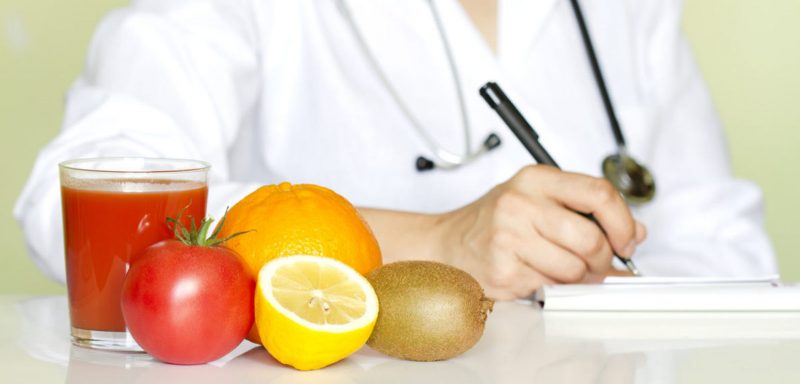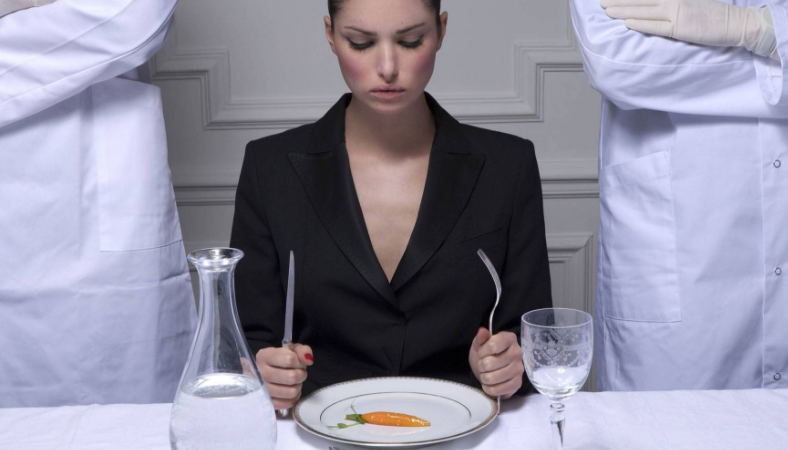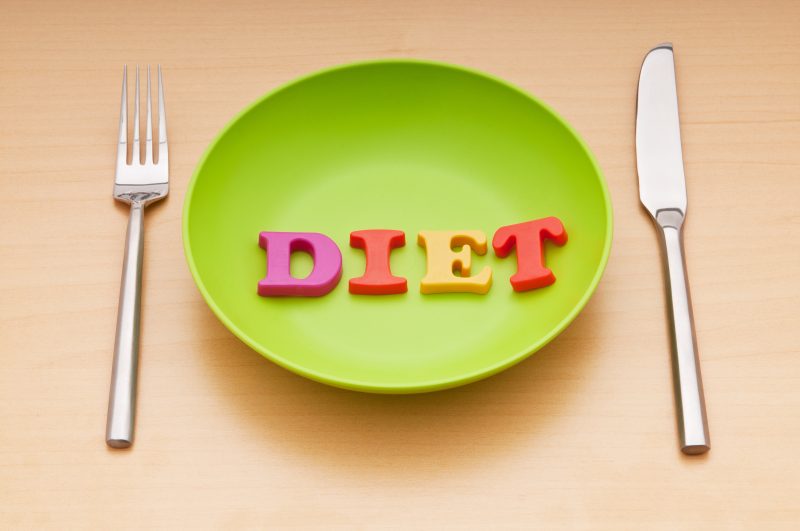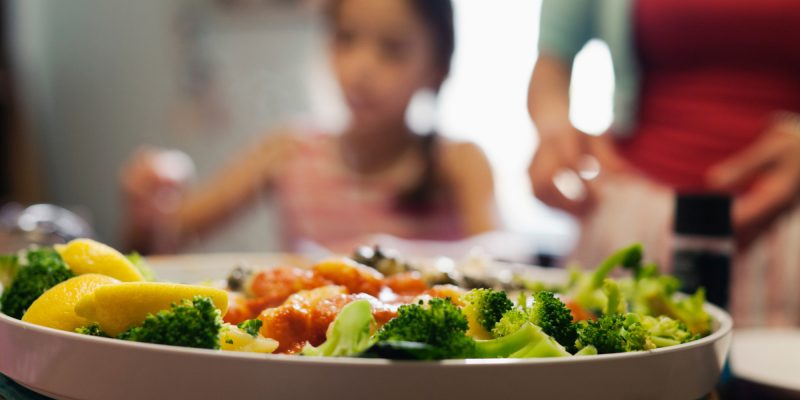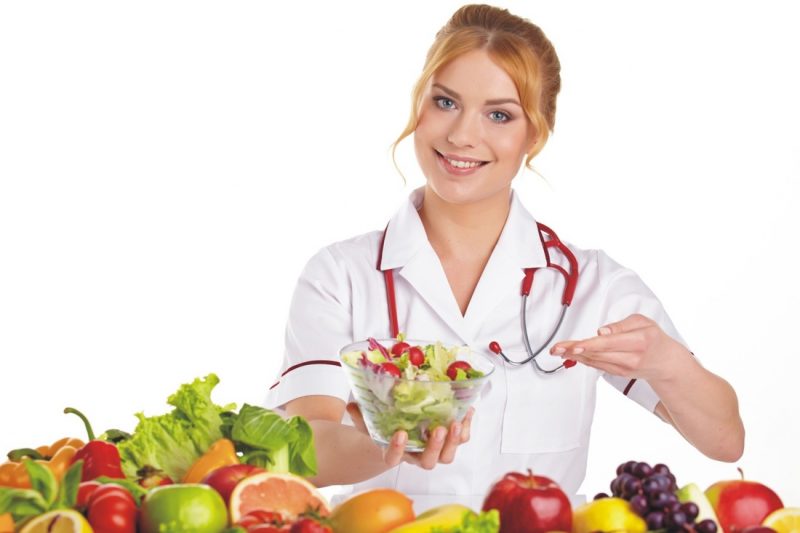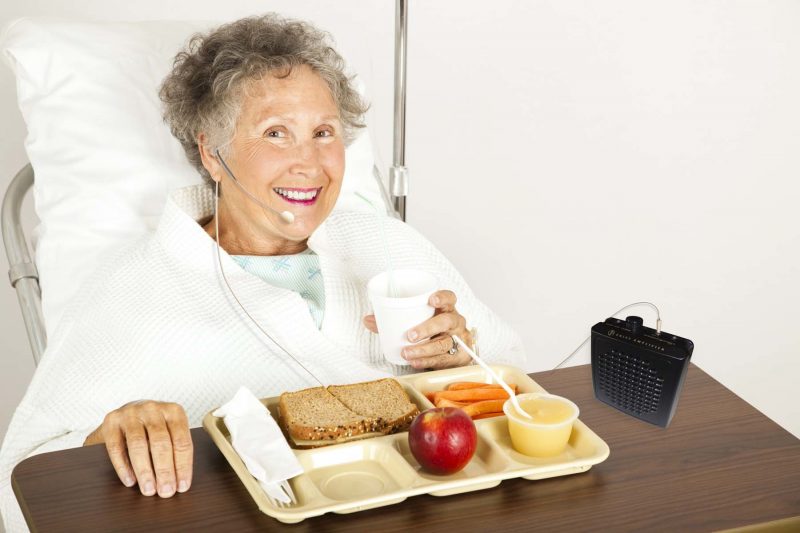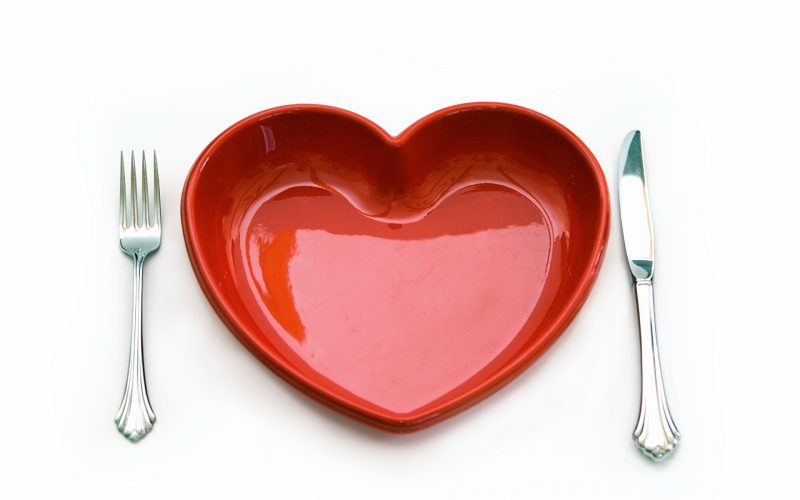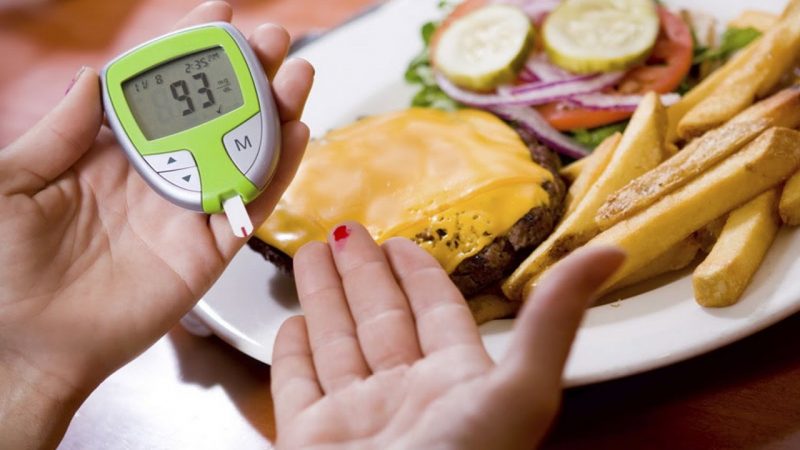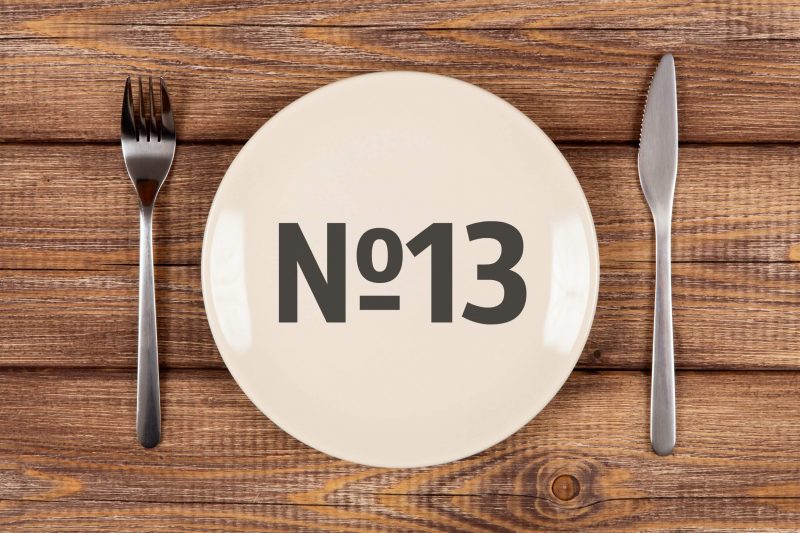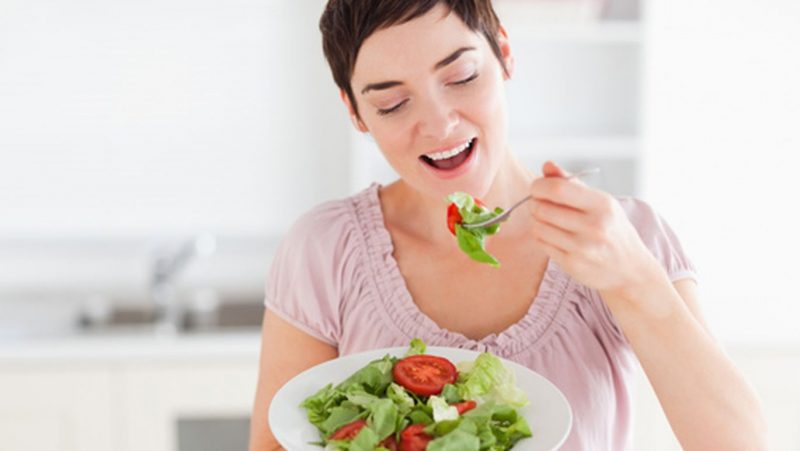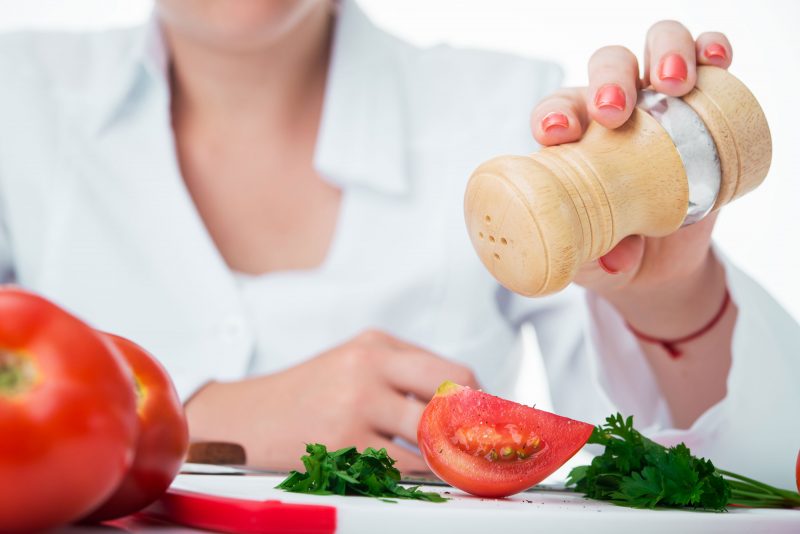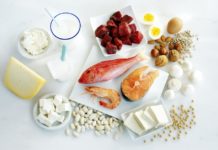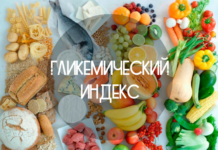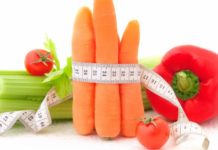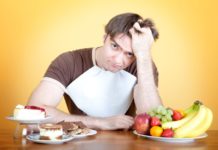Proper nutrition is important to maintain well-being, the balanced functioning of all systems, which is often underestimated. But this is also necessary to enhance the effect of the treatment of various diseases. A properly composed diet will help maintain the body in the state in which it is most actively struggling with a particular disorder. It is on this principle that the Pevzner diet is based.
Material Content:
Indications for the appointment of a diet
Manuil Isaakovich Pevzner, a Soviet scientist, gastroenterologist, created a number of diets for the treatment of various disorders and pathologies that require special nutrition. Each is called a table and does not have descriptions of specific meals, but contains lists of allowed and prohibited foods, some recommendations.
Such diets are used in the treatment of diseases of the gastrointestinal tract, liver and kidneys, heart and blood, and are necessary for neurological disorders, high sugar, obesity, tuberculosis, and even for viral and bacterial infections. One of the tables is not attributed to a specific violation, but is necessary for the transition to normal nutrition.
List and description of medical tables according to Pevzner
There are 16 diets applicable for various disorders. Each table is indicated by a number and has certain indications, there are some branches - varieties marked with a number and a letter, which relates the diet to similar ones, but with some features.
This is the list of all existing diets according to Pevzner:
- No. 1 - recovery period after exacerbation of an ulcer, treatment of gastritis;
- No. 1a - acute manifestations of peptic ulcer, gastritis;
- No. 1b - calming ulcers, gastritis;
- No. 2 - treatment of chronic gastritis or colitis;
- No. 3 - constipation on the background of atony of the intestinal muscles;
- No. 4 - diarrhea and other disorders of the digestive tract, mainly the intestines;
- No. 4a - the above pathologies with a predominant fermentation process;
- No. 4b - colitis during a calming exacerbation;
- No. 4c - rehabilitation after acute intestinal diseases, diet after exacerbation of colitis;
- No. 5 - diseases of the liver and pancreas;
- No. 5a - pancreatitis;
- No. 6 - kidney stone disease with subsequent discharge of stones;
- No. 7 - pathological conditions of the excretory system
- No. 7a - aggravated jade;
- No. 7b - the remission of inflammatory processes in the kidneys and subsequent recovery;
- No. 7c - nephrotic syndrome against a background of urinary tract diseases;
- No. 7g - support at terminal arresters;
- No. 8 - obesity;
- No. 9 - increased sugar;
- No. 10 - diseases of the heart and blood vessels;
- No. 11 - tuberculosis of the lymph nodes, joints, bones, lungs;
- No. 12 - neurological diseases;
- No. 13 - severe bacterial or viral infections;
- No. 14 - phosphaturia;
- No. 15 - transition to a normal diet.
There is also a No. 0 diet used to recover from surgery, but it is usually present automatically in a hospital setting.
Below is a detailed description of each dietary table according to Pevzner.
Diet number 1, 1a, 1b
Basic principles of table number 1:
- average calorie content - 2600 kcal;
- the best way to cook is cooking, steaming;
- fractional nutrition;
- the use of as soft dishes as possible, so as not to damage the walls of the stomach or intestines, room temperature, without an abundance of spices.
Of the products should be preferred:
- low-calorie fish and meat, soft, without elements that impede digestion, mainly minced meat or fillet dishes;
- stale wheat bread;
- kefir, fermented baked milk, cottage cheese, similar products, but with a fat content of 1-2%, cheese - only low-fat, not more than once a week;
- sticky cereals: rice, buckwheat, oatmeal;
- pulp from sweet berries and fruits;
- pasta, but only small and boiled;
- softened vegetables;
- marshmallows, pastille, other soft desserts;
- drink: cocoa, weak tea, compotes based on permitted berries and fruits, fruit drinks.
The ban applies to all products that can damage the digestive tract, exacerbating damage to the walls (ulcers).
These include:
- raw vegetables and fruits;
- cheese with a fat content of more than 20%;
- brown rice, barley and corn porridge;
- chocolate, sweets;
- fried dishes, smoked and with an abundance of spices;
- berries and fruits of "sour" varieties;
- fresh baked goods, products from other varieties of flour, except wheat;
- carbonated drinks, kvass, alcohol, coffee;
- products based on rye flour;
- pickles, pickled products, sauces, and other “harmful things” prohibited in connection with the principles of proper nutrition.
Two types of diet, 1a and 1b, are based on the above provisions, but there are some differences. For example, under the terms of the first table, baking and pasta, tomatoes and all kinds of dishes from them, dairy products, dried fruits and greens are prohibited. This diet is less calorie - 1900-2000 kcal per day. The second menu excludes, in addition to all of the above, concentrated juices, compotes, it is possible to add a small amount of butter or refined vegetable oil to food.
Table number 2
The second diet includes a wider list of allowed dishes, but the menu in it is built on the same principles as for table No. 1.
The average calorie content is 2500-2800 kcal.
When cooking, you should give preference to steaming, cooking, baking, stewing.
According to the diet, it is allowed to eat such food:
- secondary broths;
- sticky cereals (which are indicated in the description of table No. 1);
- “Correctly” prepared products from dietary fish or minced meat, boiled or baked fillet;
- slightly stale bread on wheat flour, inedible cookies, crackers;
- vegetables and fruits after heat treatment, casseroles, jams, jam;
- milk in tea, cocoa, omelette and other foods, non-fat sour-milk products (they are consumed not in a “pure” form, but as part of their favorite dishes);
- weak cocoa, tea and coffee, non-concentrated drinks from fresh fruits.
Among the bans:
- desserts based on the combination of carbohydrates and fats;
- raw vegetables, peas, dried fruits, white cabbage, sour berries and fruits, legumes, greens;
- meat rich in animal fats;
- all bakery products, except for standing products from wheat flour;
- legumes or milk soups;
- “Harmfulness” - canned food, pickles, smoked meats;
- cheese or other dairy products with a high percentage of fat;
- sour, carbonated, alcoholic drinks, as well as containing caffeine.
Therapeutic diet number 3
This diet is prescribed to stimulate the digestive tract in case of disorders with constant constipation, the diet is based on the following provisions:
- 2600-2900 kcal per day is enough;
- dividing the volume of food into 4-5 meals per day;
- providing the body with food that increases intestinal motility to prevent and treat constipation.
The menu must include:
- cereals: pearl barley, buckwheat, wheat, other friable;
- processed vegetables, the best options are cauliflower, carrots, tomatoes, zucchini, beets;
- fresh sources of fiber - fruits / vegetables;
- Dietary meat prepared according to the principles of a healthy diet;
- two to three eggs per day;
- low-fat dairy and dairy products;
- non-yeast-based bread, biscuits, cookies, crackers;
- herbal or black tea with the addition of milk, dried fruit compotes, secondary broth.
You will need to exclude from the diet:
- fried in oil dishes;
- fatty, smoked, canned meat;
- yeast and puff variety of dough;
- from fruits - all sour, blueberries, grapes, dogwood, bananas;
- custard desserts, other sweet foods that are high in fat, chocolate;
- high starch foods
- sticky cereals, pasta;
- pickles, convenience foods and other products based on preservatives and flavor enhancers;
- coffee, kvass, concentrated tea, cocoa, soda.
No. 4, 4a, 4b, 4c
The main goal of this type of therapeutic nutrition is to relieve the inflammation in the intestines that occurs with colitis and enterocolitis, accompanied by severe diarrhea, and to get rid of the fermentation processes during digestion of food. Diet number 4 is considered one of the most stringent.
It is based on the following provisions:
- calorie content - not more than 2000 kcal per day;
- decrease in the amount of carbohydrates and fats in the diet, salt and sugar;
- preference for “healthy” types of food processing (cooking, baking, steaming).
When choosing this diet is allowed to use:
- milk and yogurt, but only as part of dishes;
- lean meat and fish;
- light secondary broths;
- up to 100 g of wheat bread and other wheat flour products;
- one egg per day, preferably without yolk;
- boiled or grated vegetables and fruits;
- buckwheat, rice, semolina, oatmeal;
- light fruit or berry jelly, diluted juice, unstuffed teas, herbal decoctions.
It is interesting:How to cook millet?
It is strictly not recommended to include in the diet:
- smoked, salted meat and fish, fatty varieties of these products;
- almost all dairy products, milk and yogurt - only as part of second courses, desserts, snacks;
- fast food;
- an abundance of spices;
- purchased sauces;
- honey, dried fruits, jam;
- thermally unprocessed vegetables and fruits;
- flour: sweet, yeast, with the addition of seeds, bran, nuts, coarse flour;
- hard cereals: barley, barley porridge, millet;
- coffee, carbonated drinks, especially sweet, cocoa, kvass, alcohol.
The food should be barely warm. The same applies to drinking - tea must be cooled before drinking, cold water - let stand at room temperature.
Variety No. 4a provides for a departure from the basic diet - foods with a large amount of protein are allowed, including dairy products, a little salt, but cereals are completely excluded.
Diet No. 4b additionally reduces the load on the biliary tract. It is similar to table number 4, but it is allowed to consume a small amount of dairy products. Drinking plenty of water is important. The maximum number of calories consumed per day is 3000.
Table No. 4c is necessary for a recovering organism, therefore this variety is not so tough: jams and preserves, but not very sweet ones, pasta (preferably small ones), sour milk are included. Prohibited foods are diet # 4.
No. 5, 5a
The therapeutic diet according to Pevzner No. 5 is aimed at restoring the liver and pancreas, normalizing bile secretion.
It is based on the following principles:
- restriction of fats, cholesterol, purines;
- “Healthy” cooking;
- a large number of lipotropic components, fiber, proteins, pectins;
- the need to strictly adhere to attributed restrictions.
Of the products you can eat:
- all non-acidic vegetables and fruits in any form;
- slightly stale wheat or rye bread;
- low fat meat and fish;
- vegetable and meat soups on a secondary broth with minimal fat content;
- from sweet - almost all sweets without chocolate and not containing fat;
- skim dairy products;
- berry decoctions or fruit drinks, juices, weak coffee with milk and the same tea.
You can not add to the diet:
- boiled or fried eggs;
- fatty dishes - dairy, vegetable, meat, fish, fried in oil;
- fatty desserts, chocolate, cream products;
- fresh bread;
- mushrooms, herbs, spices, pickled vegetables;
- “Harmfulness” in the form of smoked meats and canned goods;
- alcohol, concentrated coffee or tea, fresh.
Diet No. 5a is used for chronic pancreatitis and some other liver diseases that are combined with intestinal pathologies. The table is similar to that described, but includes gentle products for the gastrointestinal tract: hard friable cereals, legumes, pasta, fresh fruits and vegetables are prohibited.
Diet number 6
The sixth diet is similar to the previous one - it is used to eliminate gallstone, kidney stone disease and gout. In the first place - the restriction of fats, but there is no ban on carbohydrates, so you can include sweets in the diet. A prerequisite is to drink at least 2.5 liters of water per day.
Of the dishes allowed:
- light low-fat desserts;
- fillet cooked “right”, with a minimum amount of fat - only 2-3 times a week;
- milk products;
- one egg;
- any kind of bread;
- almost all vegetables and fruits;
- any kind of cereals;
- fruit and berry drinks, but not concentrated, clean water.
Under the terms of such a diet, you can not eat:
- mushrooms, herbs, legumes;
- broths;
- salted cheeses, cottage cheese, cream with high fat content;
- pickles and smoked meats, spices;
- a large number of eggs on the menu;
- sweets on the principle of "fats + carbohydrates", dried fruits;
- tea and coffee, alcoholic and carbonated drinks.
No. 7, 7a, 7b, 7c, 7g
Pevzner also offers a special diet for kidney diseases. But this diet does not limit the consumption of any particular dishes, the main condition is a minimum of salt (up to 6 g per day) and a small amount of protein (up to 70 g). The fluid is also limited - no more than 1 liter per day.
Allowed to consume everything except:
- "Harmful" - fatty meat, smoked meats, pickled products;
- cheese;
- spicy vegetables and spices;
- greens, onions and garlic, radish;
- Chocolate
- soda, water enriched with Na ions.
It is important to exclude the ingress of excess salts into the body, so when buying ready-made meals, you need to pay attention to the contents.
Diet No. 7a is more strict - the amount of protein is reduced to 20 g, and salt is allowed to be consumed only 1 g. Water - up to 0.8 l.The consumption of meat, dairy products, pastries, and products containing caffeine is limited.
Table No. 7b is standardly assigned after No. 7a. 40 g of protein are included, it is allowed to introduce 50 g of white meat or fish into the diet, salt - 6 g. Similar bans.
Diet No. 7v is aimed at getting rid of jade, this is a normal diet, limiting proteins to 100-125 g per day, fats - 60-80 g. The amount of fluid consumed is up to 0.8 l, including soups, teas, juices. Preference should be given to low-fat natural products. Carbohydrate dishes are not limited. Under the ban, products indicated as not recommended for diet No. 7.
Table No. 7g is aimed at eliminating hard-to-digest vegetable proteins. The menu provides 90-110 g of fat, up to 60 g of protein. The ban is imposed on all cereals, except rice, desserts on a fat basis, pasta, greens, mushrooms, bread. Salt is completely removed from the diet, so it is not recommended to eat ready-made meals. Salads should be seasoned with lemon juice.
Table number 8
Familiar to many, a low-calorie diet for people with metabolic disorders, obesity and other disorders.
The maximum daily calorie content is up to 2000 kcal, mainly carbohydrates and fats are limited. It is necessary to drink plenty of fluids (2-2.5 liters).
It is allowed to use:
- low-calorie meats, seafood;
- skim milk, kefir, cottage cheese and other milk;
- vegetables - an almost unlimited amount;
- moderate volume of cereals;
- fruits containing a lot of fructose and acids;
- 1-2 eggs;
- desserts without sugar and a large amount of fat;
- unsweetened coffee and tea, diluted juices from unsweetened fruits and berries.
Prohibited:
- smoked, canned, fried foods and other harmful products;
- fatty meat, cheese, cottage cheese, milk;
- sweet fruits (bananas, peaches, grapes);
- spices, purchased sauces;
- butter and vegetable oil;
- high sugar fatty desserts;
- alcohol, sweet soda;
- rarely eat - rice, legumes, semolina, soybeans, potatoes.
Nutrition number 9
A Soviet scientist was developing a diet number 9 to normalize blood sugar in diabetes. Due to this, calorie intake and the amount of simple carbohydrates are reduced. For more severe forms of diabetes, it is recommended to use not only the provisions of this diet, but also choose foods by the glycemic index.
Key recommendations:
- a complete rejection of preservation, sweets and other dishes that do not correspond to proper nutrition;
- frying is a prohibited type of food processing;
- use sweeteners to improve the taste and increase the calorie content of food;
- fractional nutrition;
- consume foods high in vitamins C and B (broths from wild rose and pastries using bran are especially rich in these two elements);
- a large number of vegetables, herbs, sour fruits, berries;
- lipotropic foods - cottage cheese, kefir, oatmeal, low-fat cheese;
- do not use sunflower and butter - only olive.
Diet number 10
This type of diet is aimed at maintaining the cardiovascular system, strengthening blood vessels and normalizing the water-salt balance.
The nutritional value of the diet is up to 2500 kcal per day, drink no more than 1.2 liters of water, focus on “healthy” cooking methods, completely eliminate frying. Minimum salt, spices.
You can include in the diet:
- dietary fish products and meat, non-smoked and unsalted seafood;
- dried wheat bread;
- all dairy products 1.5-2% fat;
- cereals, pasta from high-quality raw materials (durum wheat);
- any vegetables and fruits;
- uncooked green or herbal tea, juices, milkshakes.
It should be noted that green peas and cabbage are not prohibited, but something to cook from them should be infrequent - once or twice a week.
Eggs - no more than 1 per day.
Prohibited:
- fatty, sweet, smoked, spicy, salty;
- high salt and animal fat cheeses;
- chocolate;
- alcohol, coffee, cocoa, soda;
- herbs, spices;
- legumes.
Table number 11
Tuberculosis greatly depletes the body, so there are few restrictions on medical diet No. 11.
Its features:
- increased calorie content (up to 3500 kcal);
- moderate increase in the amount of consumed fats and carbohydrates;
- many vitamins and minerals, calcium.
Almost everything is allowed, exceptions are fatty meat, lard (especially mutton and beef fat), cream desserts, spicy sauces, alcohol.
The main thing is to strengthen the immune system and saturate the body with energy, therefore sweets are also allowed, but moderation should be observed in everything and consult a doctor.
№12
There are also few restrictions in this scheme. The main thing is the limit on the consumption of products that excite the nervous system. The average calorie content is up to 2500 kcal, the balance of BZHU should be maintained as for a healthy person.
To eliminate nervous diseases, it is recommended to “lean” on herbal teas and foods rich in phosphorus salts - “milk”, legumes, and liver.
From the forbidden:
- spicy vegetables, sauces, spices (the main pathogens of the nervous system);
- animal fat;
- drinks and desserts containing caffeine (coffee, chocolate, teas), alcohol, energy.
The rest should be guided by the rules of proper nutrition and maintain a good mood.
№13
The purpose of the diet is to stimulate the protective function of the body to combat infectious attacks, while sparing attitude to the digestive organs.
According to the conditions of table No. 13, the diet must include:
- lean meat and broths on it, light soups;
- viscous cereals, small vermicelli;
- low-fat dairy products, you can slightly sour cream with a fat content of 10-15%;
- from sweet - ripe soft fruits, jams, jam,
- eggs - no more than 2 pieces;
- uncooked tea with milk or lemon, decoctions on berries and herbs, fruit-based drinks, but not concentrated.
It is allowed to eat butter, but not more than 10 g - creamy or thoroughly peeled vegetable.
It is forbidden to use the following:
- "Harmful" in the form of smoked, fried;
- chocolate, cream-based desserts;
- coarse cereals, vegetables, fruits, meat with an abundance of veins;
- greasy milk;
- strong tea, cocoa or coffee;
- spicy spices.
Diet number 14
The main principle on which this diet is built is the prevention of sediment in the urine, the excretion of potassium and phosphorus salts.
What can be included in the menu:
- soups on light broths (secondary);
- any porridge;
- meat and fish protein products;
- sour berries and fruits;
- dairy-free flour products;
- jelly and jelly from these fruits, honey, fruit ice;
- stewed fruit drinks and fruit drinks, weak tea, black or green.
It is strictly forbidden to use:
- fresh fruits, vegetables, except permitted;
- all dairy products (you can only a little sour cream);
- "Harmfulness";
- chocolate desserts, sweet based on milk and eggs;
- seeds, nuts, dried fruits;
- dairy, vegetable soups;
- alcoholic and energy drinks.
Table number 15
This diet is based on the principles of proper nutrition and does not have any special instructions. In fact, it is transitional to a normal diet after an illness.
It is allowed to use:
- low-fat soups with dietary meat, vegetables;
- a large number of raw or processed vegetables and fruits;
- dairy products;
- no more than 3 eggs per day;
- non-nutritious desserts;
- whole wheat, rye and rye bread;
- some butter, vegetable or cream;
- almost all drinks, with the exception of alcohol, strong tea and coffee, sweet soda.
It will be necessary to exclude:
- pork, ducklings, goose meat;
- fat "milk";
- yeast pastries;
- frashes;
- "Harmful", spicy spices;
- soy dishes
- harmful drinks.
Contraindications
An allergy to one of the components of the diet can be a contraindication. The doctor will help you choose the most suitable analogue.And also, you should not apply the diet to a healthy person or with a diagnosis that does not match the table. In the absence of any disturbances, a balanced diet is required to maintain the health of all systems.
An incorrectly attributed diet can disrupt metabolic processes and exacerbate existing problems, therefore It is important to correctly determine the diagnosis and not to self-medicate.
You can not abruptly stop the diet, you need only a gradual transition to normal nutrition. Discuss every nuance with your doctor.
Diet tables according to Pevzner are the key to a quick recovery and minimize the negative manifestations of the disease. The patient only needs to clearly understand the principles of each “table” and adhere to them.


